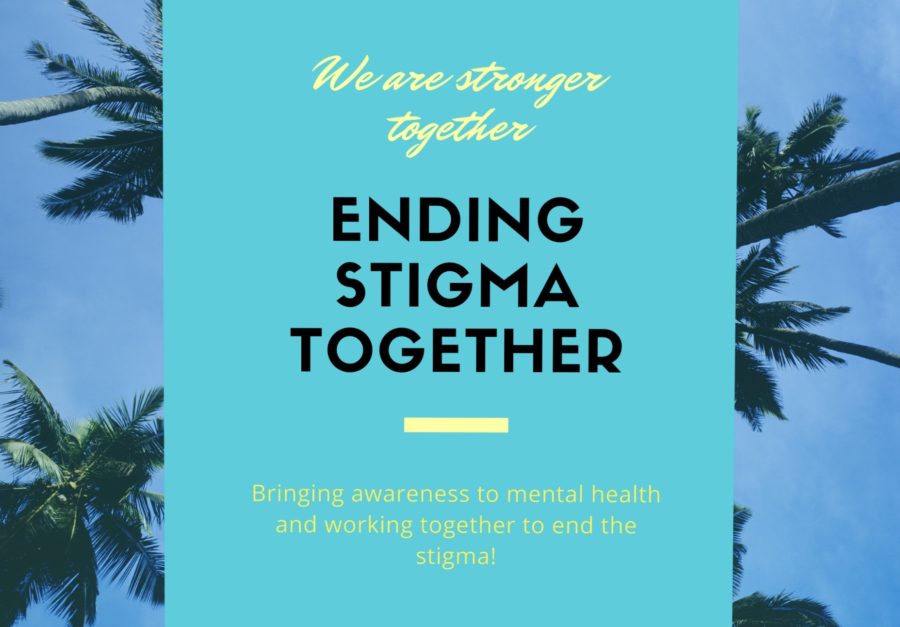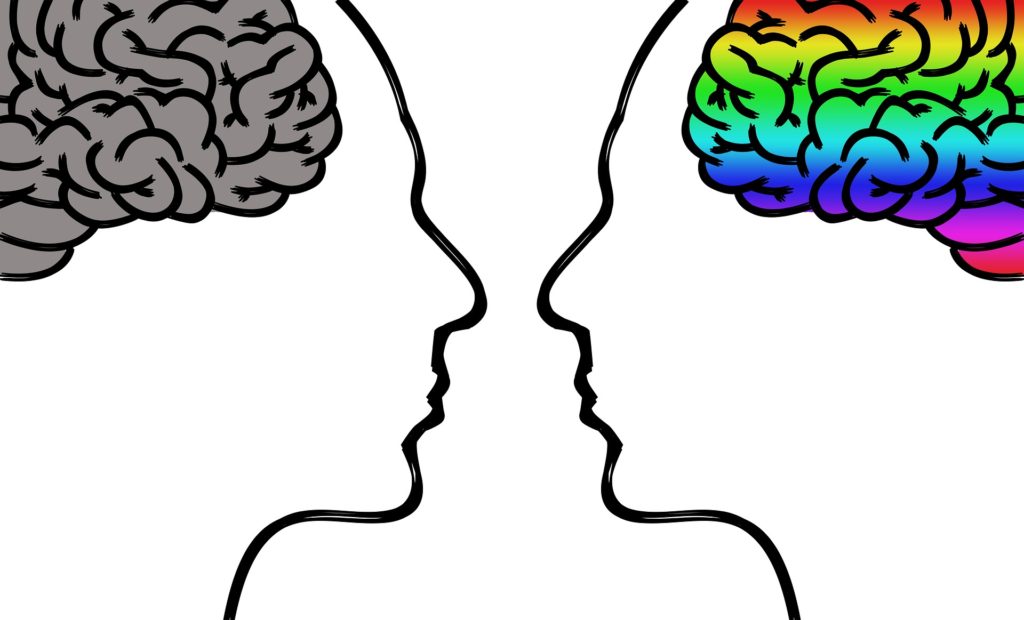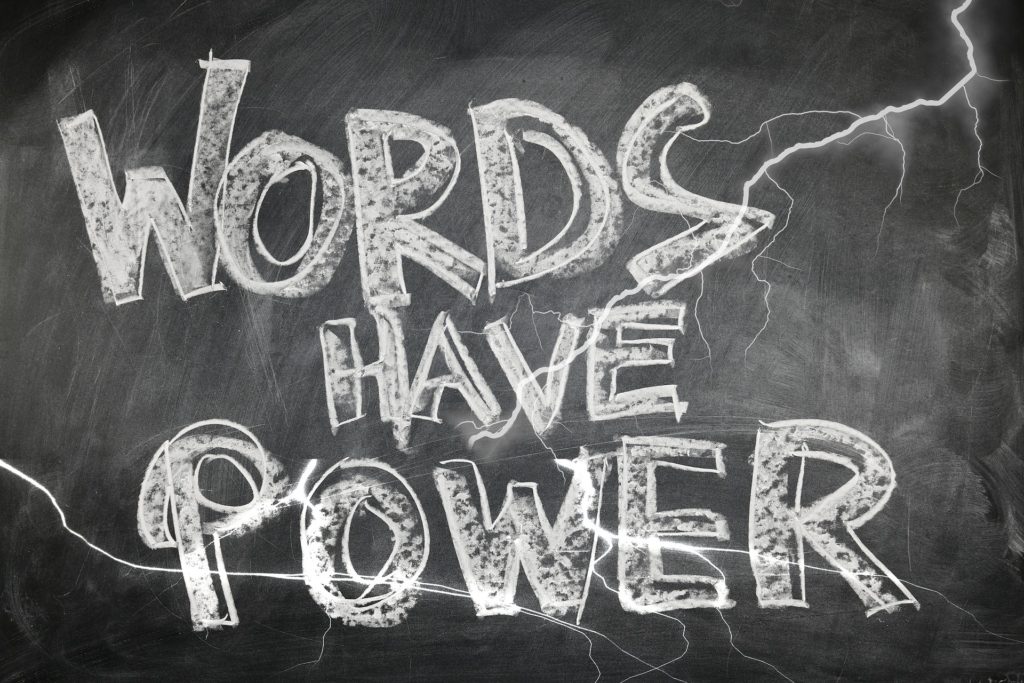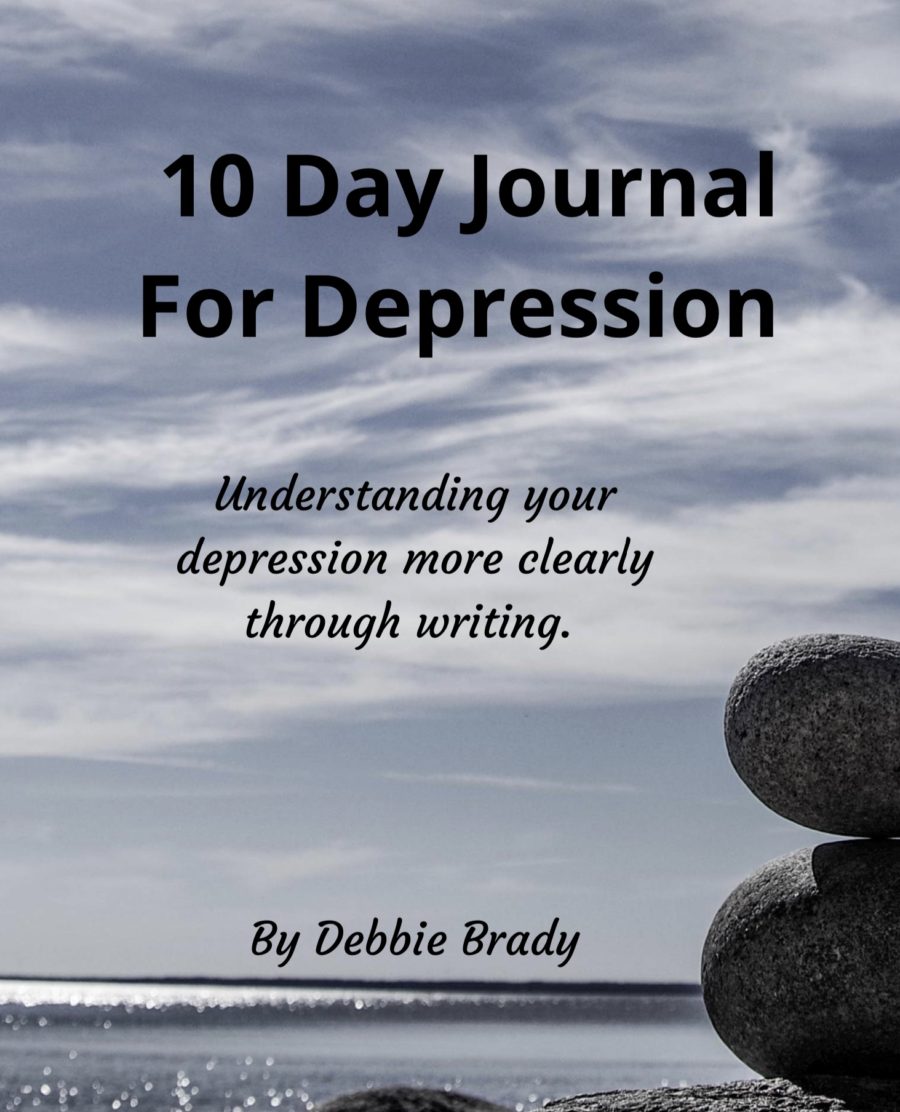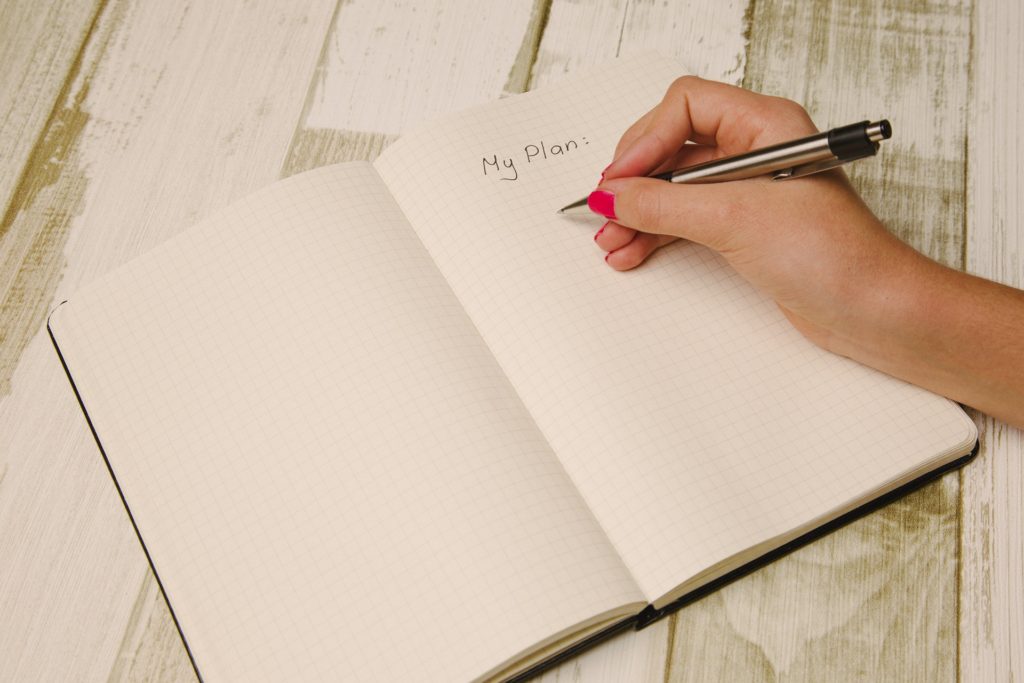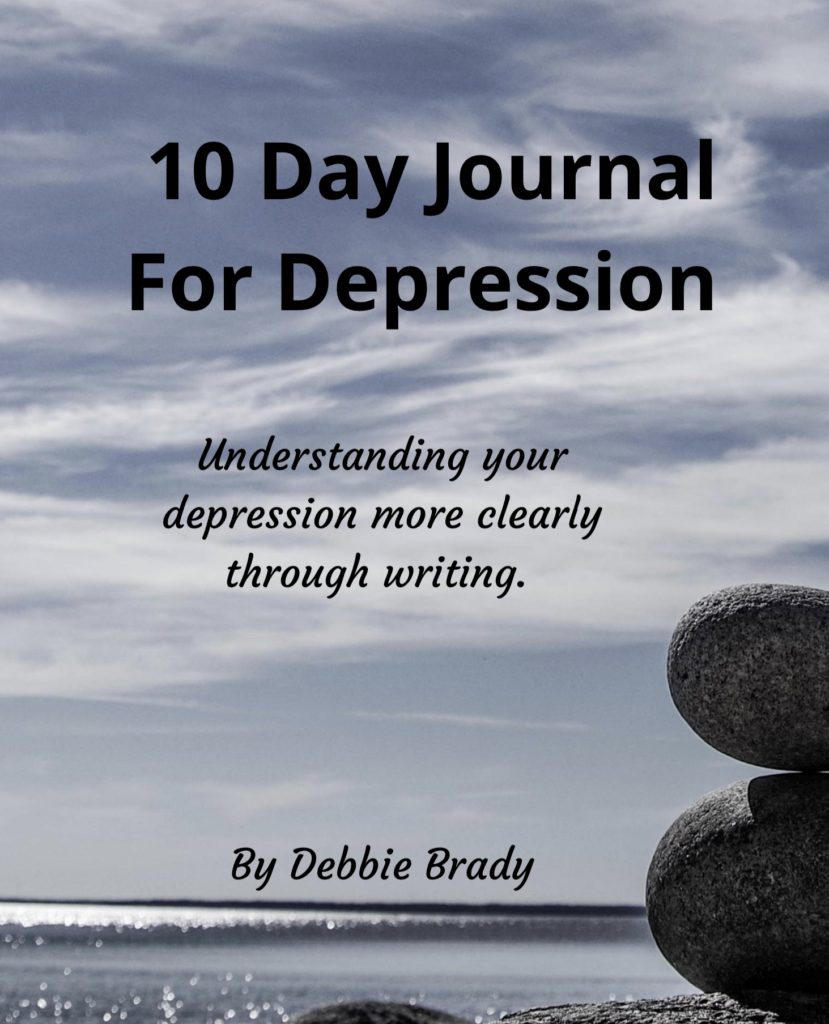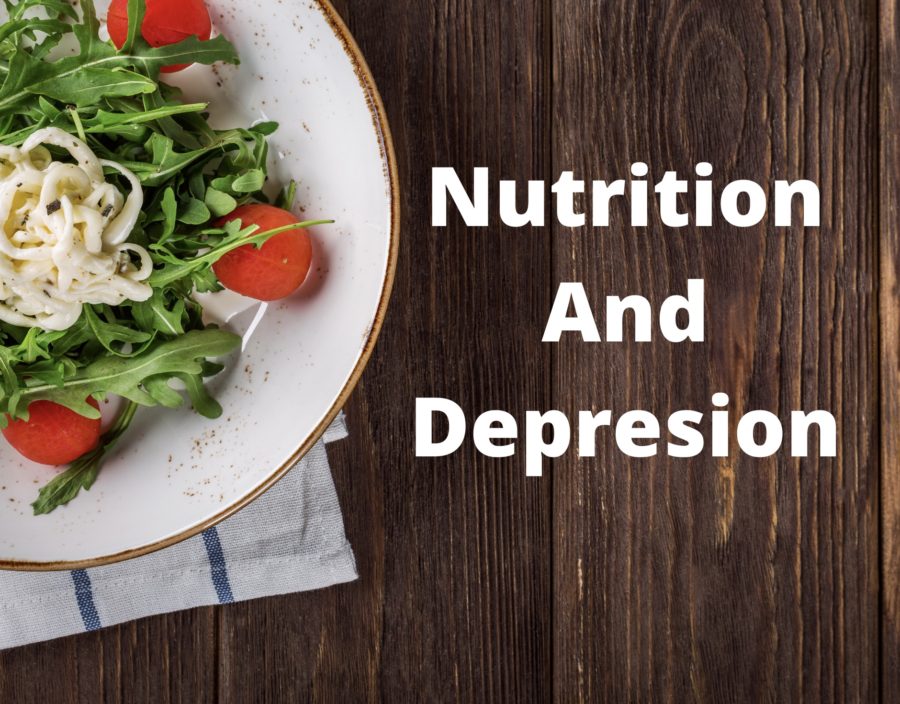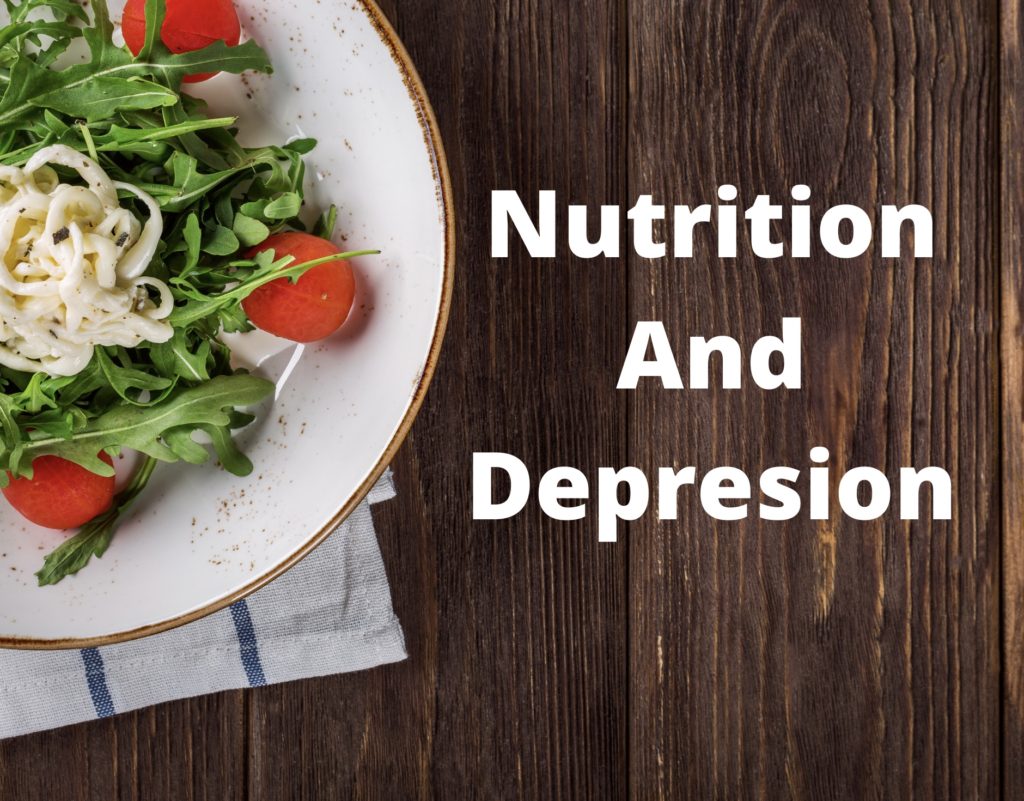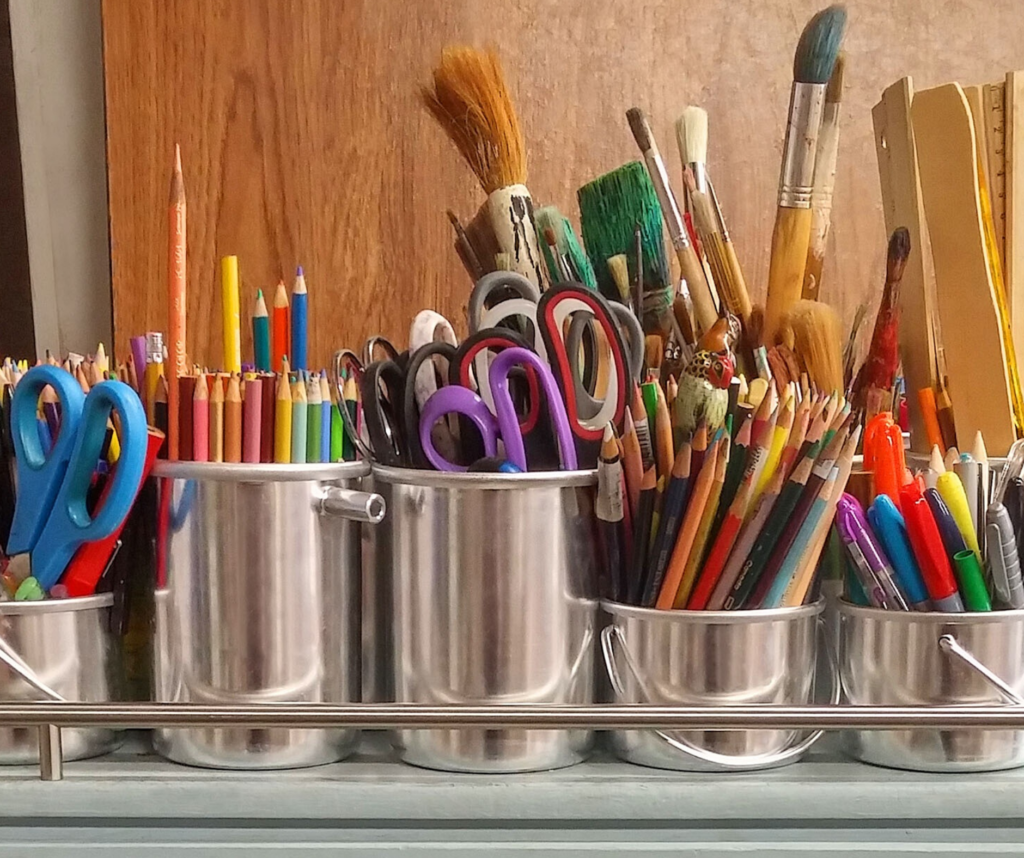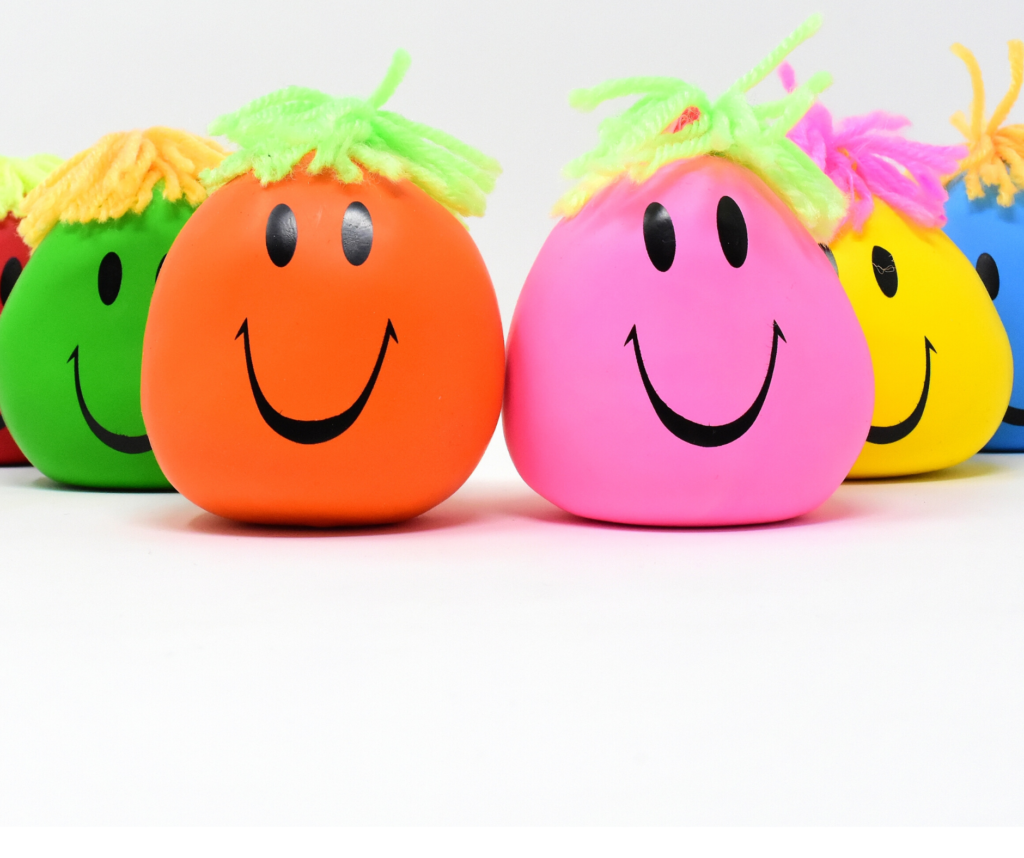
In November of 2016, I had a genuine, full blown mental breakdown. It had been an extremely stressful few years and during that time, I was putting myself dead last. Everyone and everything was coming before my own self-care. Our mind and body can only take so much neglect before breaking down completely.

On that one sunny November day in 2016, my mind and body had all it could take. I found myself on a phone call that was just too stressful and I lost it. After hanging up, I found myself under my desk at work, crying and shaking uncontrollably.
The next day I was let go from my job. I honestly am not even sure why because mentally I was not fully there. What I did know, is that I had to make some changes and I had to make them fast.

As I tried to recover, I began to reassess my life and how I was treating myself. One thing I quickly realized was the my self-care had become dead last. I was putting everyone and everything before myself and this I had to change. I made a promise to myself that I would never allow myself to be put last again. I made that promise in 2016 and I continue to fulfill it to this day.
I wanted to share 5 reasons making self-care a priority is so crucial to our mental and physical health.

*You can’t pour from an empty cup. I used to think that I had to help everyone I loved. I had to always say yes. I had to put their needs before mine. Especially the needs of my sons. What I didn’t realize was, if I didn’t take care of myself, I wouldn’t be able to help those that I love. If we don’t fill ourselves with love and care, how can we expect to have any to share with others? We must slow down and take care of ourselves so we have what we need to help those we love.

*Your mental and physical health depend on it. Stress triggers cortisone in our body when we are stressed. This can lead to chronic pain, weight gain and other physical issues. Neglecting our own self-care can also lead to increased depression and anxiety. If we don’t take the time to tend to our mental health, we will be forced to tend to it once our mind breaks. In 2016, my mind gave me no choice but to give my mental health the attention it deserved. The same with my physical health. My fibromalygia was in a full blown episode and my pain was severe. I was neglecting myself to the point that I was destroying my mind and body. These last 4 years, I have made both a priority and it has made a tremendous difference. We have to love ourselves enough to put ourselves first.

*If you don’t make it a priority, it won’t happen. Do you ever wonder why so many of us make everyone else around us a priority but not ourselves? It makes no sense. Going back to the first point, we can’t pour from an empty cup. You have to make it a priority. It has to be like showering, eating and sleeping. You know you need to do all these things daily. Self-care needs to be in the same category. If you plan to do it if you have time, then you won’t make the time. It has to be something you must do. It isn’t optional. If you make it optional, it will simply fall to the wayside.

*It feels great. Once we start making ourselves a priority, we will slowly begin to see a change in how we feel both physically and mentally. We will stop neglecting ourselves and our needs. We will begin to listen to our mind and body and giving it what it is asking us for. Plus, when something feels great, you want to keep doing it, right? Once you begin putting your self-care first in your life, you will begin to feel better and better. If you stay consistent, you will begin to insist your self-care come first because it will simply not become optional to not come first. You will want to keep feeling great.

*Life will be so much better. When we take care of ourselves and make ourselves a priority, everything else starts to fall into place easier. It can take awhile to get into a regular self-care routing and then to see results throughout your life, but it is worth staying consistent. By practicing regular self-care, it also gives us the energy we need to push through the hard times. As you practice regular self-care and start to make yourself a priority, you will slowly begin to see just how amazing your life can be.
Self-care is not selfish. It is not narcissistic. It is not self-centered. It is not an afterthought. Self-care is loving, giving, and a priority. What can you do today to make self-care a priority for yourself? Make a quick list. Also, hop on over to my private 7 Day Self-care challenge Facebook group HERE. The challenge starts next Monday. If you haven’t signed up for my email list, you can do that HERE. You will receive an email each morning with a challenge for the day and a link to that day’s blog post on self-care. I hope you can join us. It is FREE and isn’t it time you made your self-care a priority?
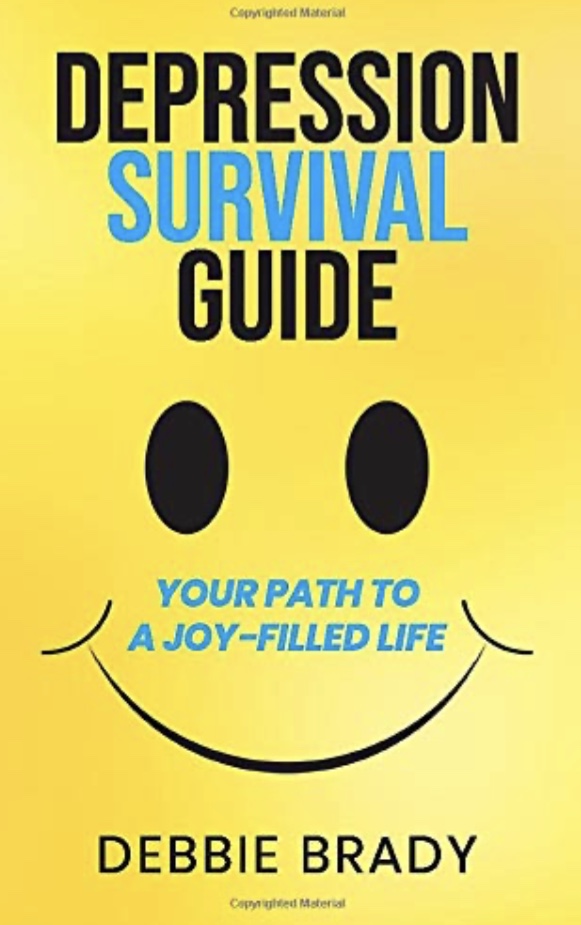
Be sure to grab a copy of my book HERE.
Check out my digital product HERE.


